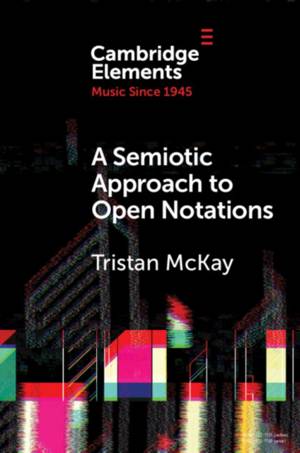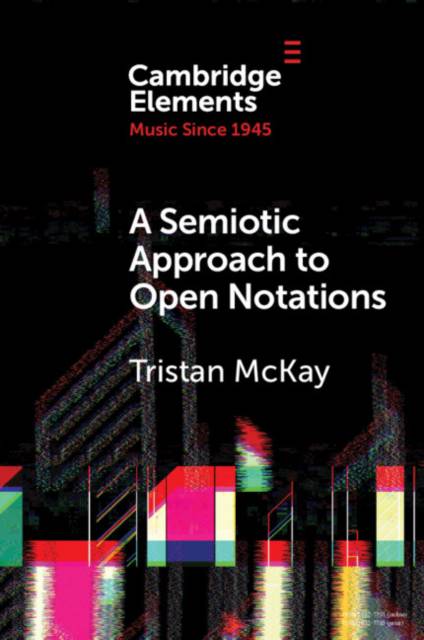
- Afhalen na 1 uur in een winkel met voorraad
- Gratis thuislevering in België vanaf € 30
- Ruim aanbod met 7 miljoen producten
- Afhalen na 1 uur in een winkel met voorraad
- Gratis thuislevering in België vanaf € 30
- Ruim aanbod met 7 miljoen producten
Zoeken
Omschrijving
Along with twentieth-century developments in playing techniques, technologies, and concepts of musical sound, the notations employed by composers have also changed. Composers of what Umberto Eco calls 'open works' often employ intentionally ambiguous music notations. These open notations ask the performer to play a radical and active role in co-creating the musical work. Scores that feature open notations have been part of the Western classical music landscape since the mid-twentieth century, and continue to have a vibrant community of practitioners today. In this Element, Tristan McKay considers intersections of ambiguity, authority, and identity in works with open notations. He develops a semiotic approach to open notation analysis and puts it into practice with in-depth analyses of openly notated works by Earle Brown, Will Redman, and Leah Asher.
Specificaties
Betrokkenen
- Auteur(s):
- Uitgeverij:
Inhoud
- Aantal bladzijden:
- 75
- Taal:
- Engels
- Reeks:
Eigenschappen
- Productcode (EAN):
- 9781108813327
- Verschijningsdatum:
- 29/04/2021
- Uitvoering:
- Paperback
- Formaat:
- Trade paperback (VS)
- Afmetingen:
- 152 mm x 229 mm
- Gewicht:
- 122 g

Alleen bij Standaard Boekhandel
+ 63 punten op je klantenkaart van Standaard Boekhandel
Beoordelingen
We publiceren alleen reviews die voldoen aan de voorwaarden voor reviews. Bekijk onze voorwaarden voor reviews.











